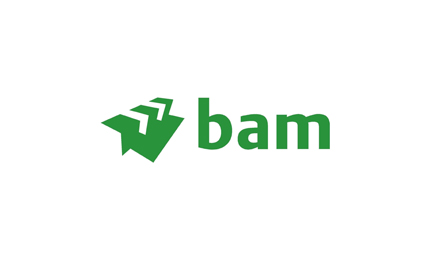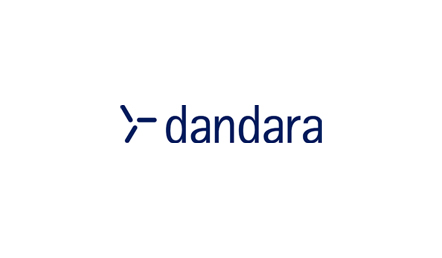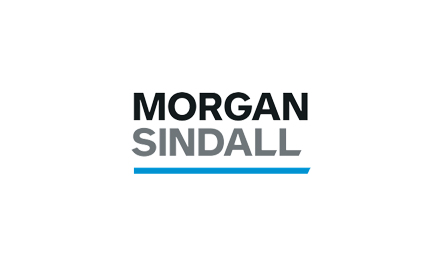With over 30 years of installing Passive Fire Protection for Structural Steel for the industries most challenging projects. Our technical team would be pleased to assist you with your project
Board Fire Protection
Fire protective boards can be fitted around steel columns and beams to form a box and are usually secured by mechanical fixing into the flange or web of the steel. The systems that Fire Shield installed protect the steel by providing a heat proof insulation and are designed to offer up to 240 minutes fire protection. Fire board composition ranges from gypsum-based plasters or calcium silicate, through to fibres and specialist vermiculite containing materials.
The flexibility of board installation not only allows for affordable fire protection but is durable, can be resistant to water and provide acoustic performance. Depending on the type of board installation, the systems can receive a variety of decorative finishes.
Intumescent Paint
Intumescent paints can be applied by airless spray, roller or brush and will provide up to 120 minutes fire protection. Water or solvent based paint systems are applied as a thin film layer to achieve the required level of fire resistance and are available with a range of topcoats in different colours so that the designer can achieve their aesthetic needs while providing a suitable fire protection to the steel members.
When exposed to a fire situation, the composition of intumescent paint systems change, through chemical reaction, from a decorative or non-decorative paint into an intumescent layer of carbonaceous char, which forms when the coating is subjected to heat. This layer of char can be 50 times the thickness of the initial coat and is formed as the paint is heated to around 200C and above. For this reason it is critical that any secondary casings allow for the suitable expansion or 'charring' of the paint.




















